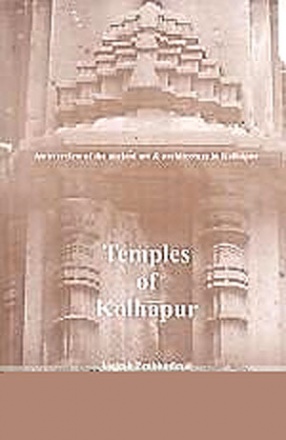
Sculpture

193 books

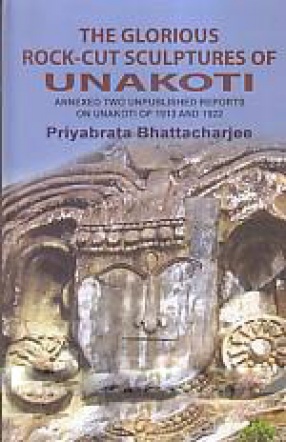
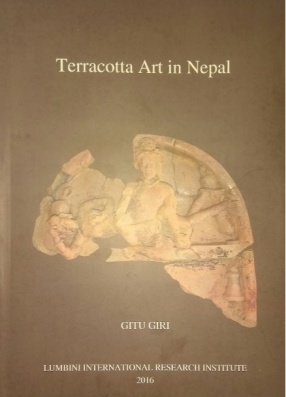

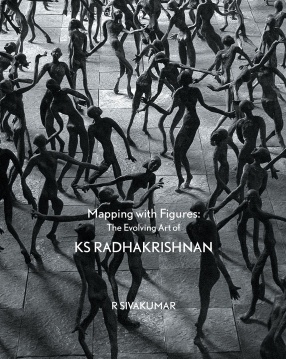

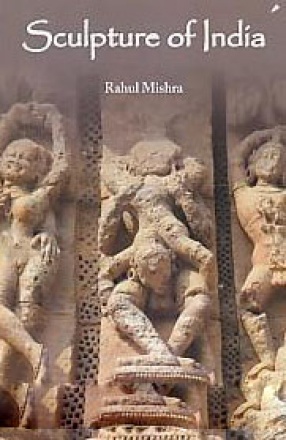
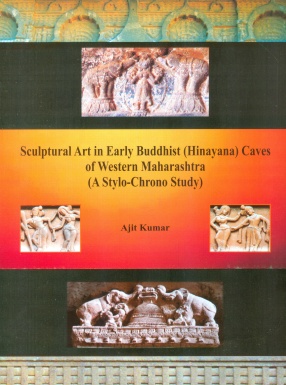
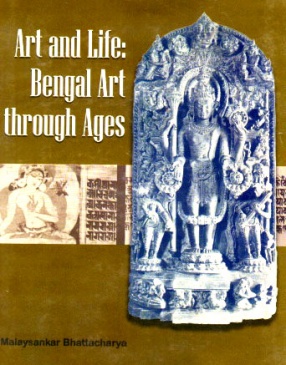
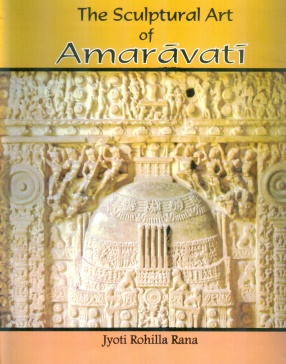
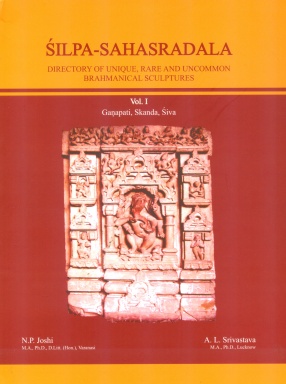
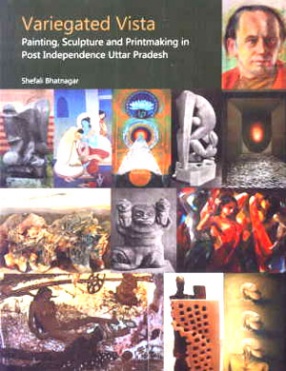
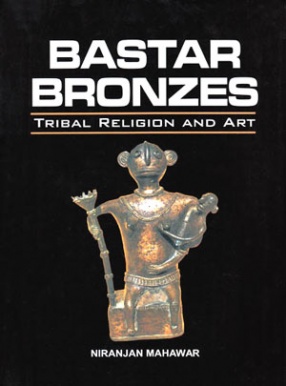
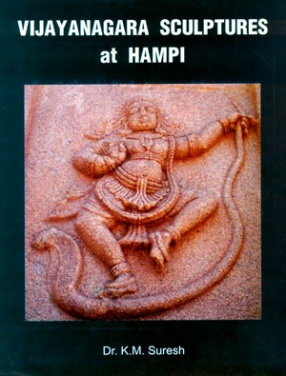
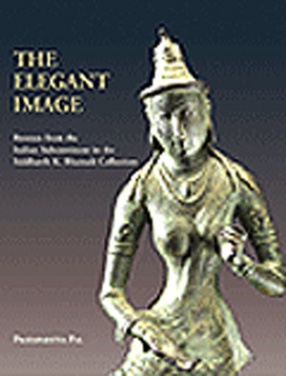
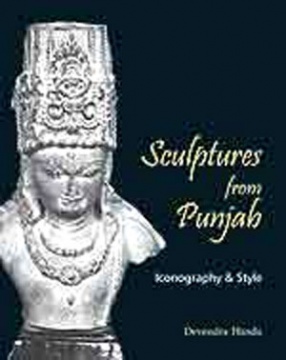

The book presents a comprehensive and critical study regarding the ancient temple sculptures of Assam. The complete work focus upon the aesthetic as well as the historical aspects of the temple sculptures of Assam. The work highlights the sculptural development of Assam with special reference to the Daparbatiya Temple, Kamakhya Temple, Deoparbat Temple, Madan Kamdeva Temple, Pingaleswar Temple and Hayagriva Madhava Temple. A detailed study is accomplish to ...



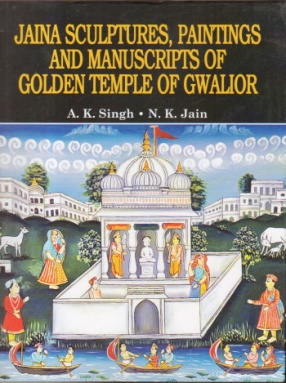
Due to the central location of Gwalior in the country, it often been an important place strategically, politically as well as religiously and witnessed several political initiatives and military exercises. From the very beginning the place is regarded as a tirtha. Apart from the other religions, the glorious Jaina heritage of Gwalior forever is the attraction for pilgrims and art lovers. A long tradition of Jaina art and architecture could be easily observed in ...

KS Radhakrishnan is an acclaimed contemporary sculptor whose sculptures are exclusively executed in the medium of bronze. His intervention in the revival of the figurative tradition in Indian sculptural parlance, with an emphasis on the body, has been acknowledged as a significant art historical milestone. Trained under modernists like Ramkinkar Baij and Sarbari Roy Choudhury, Radhakrishnan has developed an inimitable style which emphasises fluid, dynamic, ...
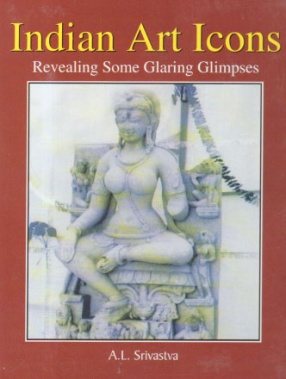
In most of the cases the religious images are made in accordance with their norms codified in silpa texts or in their stories and episodes available in religious myths. But in some art icons we find certain unusual, uncommon and unique features, which are sometimes against the textual injunctions. The present book Indian Art Icons : Revealing some Glaring Glimpses itself makes it clear.
The book present in-depth study of some stone and terracotta figures ...


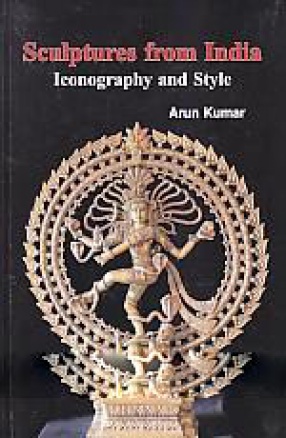

The kaavad of Rajasthan is a portable shrine with multiple doors that fold into themselves. The Kaavadiya Bhat or the storyteller journeys with this brightly painted wooden box to the homes of his patrons, to recite their genealogies and regale them with the stories of the pantheon of deities painted on the shrine. While the object serves as an aide – memoire for the storyteller, the keeper of its secrets his tales are meant to reaffirm the lineage of his ...

This work presents a comprehensive style analysis of sculptural art in the early Buddhist caves of western Maharashtra (1st cent BC to 3rd cent AD). The sculptures in these caves are some of the earliest art work in stone dating to the early historical period from the region. No independent studies on the sculptural art present in these caves have been undertaken though studies focusing on architecture and chronology have been going on for almost a century and a ...

This book is an offering to New Art History taking the study of classical sculptural art and traditional Indian iconography to newer heights of Interpretation. Sculptures of female figures in classical Hindu architectural traditions have found a special placement and significance. Numerous engaging image of devanganas - the surasundari, apsaras and alasakanya figures - decorate walls, ceiling and doorways of Hindu temples in India. viewing the devangana ...

Art and Life: Bengal Art Through Ages presents a chronological picture of development of Bengal art, various stages of its evolution and its decline in the medieval period. Never ever the successive phases of its development have been studied so comprehensively. The evolution of various cults in particular and its impact on art discussed in the present work is in fact one of its unique features. No less remarkable is another chapter on the market of ancient ...

The book The Sculptural Art of Amaravati, is an innovative study of the sculptures of Amaravati a centre of art activities and a pilgrimage centre, which promoted the glory of Indian Buddhism in the south. The book gives an introduction to Amaravati, its geographical setting, historical and political background of the Satavahanas and Iksvakus followed by the discovery of Maha Caitya and the site existing today. While comparing other stupas of northern India (e.g. ...
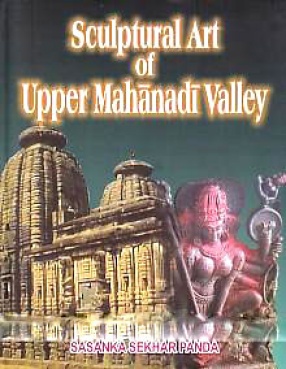
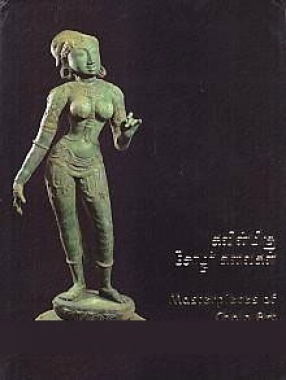

A number of unique, rare and uncommon sculptures of extraordinary iconographic and cultural interest lie hidden in museums, sculptural-sheds, private collections and temples. Some of them received attention of scholars whose studies resulted in their identification and appeared in Research Journals, Survey Reports, Proceedings of Conferences and Special Volumes published in India and abroad. But due to lack of communication, language problems, non-availability of ...

Variegated Vista : Painting Sculpture and Printmaking in Post Independence Uttar Pradesh is much more than a prized coffee table adoration. The book is a connoisseur’s delight, unfolding the artistic pursuits of Uttar Pradesh from the beginning of twentieth century until now, comprehensively brought about through a meticulously performed research work.
The painstakingly researched treatise has reined in and consolidated a vastly scattered and lost, domain ...

This book is a comprehensive study of the religion, myths, rituals and art of the Bastar tribes. The author has been connected intimately with Bastar since four and a half decades. He developed a fancy for the tribal people of Bastar and became interested in their culture. He started collecting their artifacts specially the bronzes which are made for them by Ghasia craftsmen who are living with them since time immemorial. Due to the long association with the ...

The Vijayanagara empire with its capital at Hampi in Karnataka was founded by Harihara I of the Sangama dynasty around 1336 A.D. to preserve the Hindu Dharma, their prevailing culture, social order and check the onslaughts of Islam in South India. The Vijayanagara of Islam in South India. The Vijayanagara emperors and their feudatories were highly learned persons and they did their best to sustain political freedom, preservation and popularization of Sanatana ...

A comprehensive discusson of an extensive collection of metal sculptures from the India subcontinent Although the objects reflect the personal taste of the collector, they not only cover the entire subcontinent but also span 15 centuries of the Common Era, a few being even older. Thematically they represent divinities of the Hindu pantheon as well as Buddhist and Jain deities, providing a rich array of the diverse figures of the three major religions of ancient ...

Punjab has almost been a terra incognita for long with regard to the sculptural art and not much is known even now except 57 railing pillars of Sanghol published by the National Museum, New Delhi. The remaining 60 pieces, some of which are aesthetically equally important, and some stray finds made now and then, have not received due attention which they deserved. Quite a few of the elegant and artistic sculptures have even been pilfered and are not traceable now. ...
